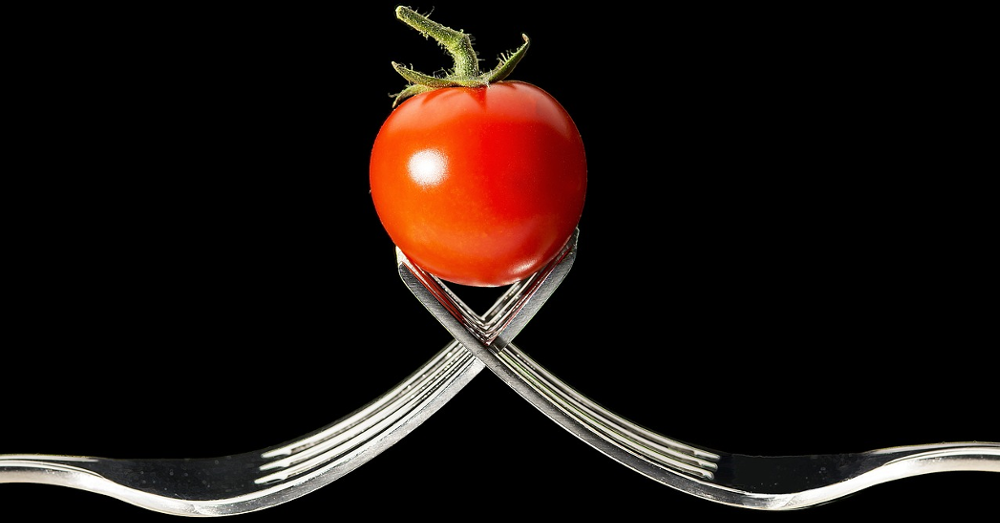
Concentration and Power in the Food System: Who Controls What We Eat?
Most of us have little to no idea how behind-the-scenes forces control the food we buy, and the depth of the corruption involved. Philip Howard, Ph.D., author of "Concentration and Power in the Food System: Who Controls What We Eat?," studies food system changes, with an emphasis on visualizing these trends.
July 30, 2017 | Source: Mercola.com | by Dr. Joseph Mercola
Most of us have little to no idea how behind-the-scenes forces control the food we buy, and the depth of the corruption involved. Philip Howard, Ph.D., author of “Concentration and Power in the Food System: Who Controls What We Eat?,” studies food system changes, with an emphasis on visualizing these trends.1
“My motivation [for writing the book] was to uncover what’s going on, to help people understand who owns what and all the strategies these dominant firms use to further increase their power,” he says.
His work has been featured by many prominent media outlets, including The New York Times, The Washington Post and Chicago Tribune. He’s an associate professor in the department of community sustainability at Michigan State University and holds a Ph.D. in rural sociology.
Endgame: Global Monopolization
One fact that many don’t realize is just how few firms control the global food system, from seeds to supermarkets. As noted by Howard:
“The trend in most industries is for fewer and fewer firms to increase their power. One really dramatic example is the beer industry. Four firms headquartered in Europe brew about half the world’s beer. That’s going to go down to three very soon, because Anheuser-Busch InBev is acquiring SABMiller.
Even if you’re a very dominant firm, you’re caught up in this system where you have to get bigger or become acquired by your big competitors. But it’s resulting in less and less people making decisions about the food we eat. There’s even speculation that InBev is not increasing its sales enough, even with this acquisition, so they’re going to have to acquire a big soft drink firm, perhaps even Coke or Pepsi.”
With its $103 billion acquisition of SABMiller, InBev is now one of the three largest food firms in the world. InBev also owns Anheuser-Busch, which produces Budweiser, one of the most well-known beer brands in the world. In some parts of the world, such as in Africa and Latin America, InBev has already established a monopoly.
Antitrust rules and regulations enacted by the federal government are meant to prevent these types of monopolies. In fact, when large corporations want to buy other large corporations, a rigorous evaluation process is required before they’re authorized to merge. So how is it that this kind of monopoly-building is still happening? Howard explains:
“In the early 1900s, there were a number of laws passed to prevent these trusts, these combinations that resulted in monopolies in these markets. That changed dramatically beginning in the 1980s. Reagan was elected. He directed the heads of federal agencies to take a very different view towardtowards mergers and acquisitions.
At the same time, federal judges were being indoctrinated into the Chicago School of Economics. They got paid to go on these junkets to Arizona, Florida, places like that. They played golf. Then they attended these seminars where they were taught mergers and acquisitions that, unless they immediately raised prices for consumers, were good for everyone.
As a result of just one of those programs, by the early ’90s, two-thirds of federal judges had participated. It’s essentially impossible to win an antitrust case in the federal courts now.”
